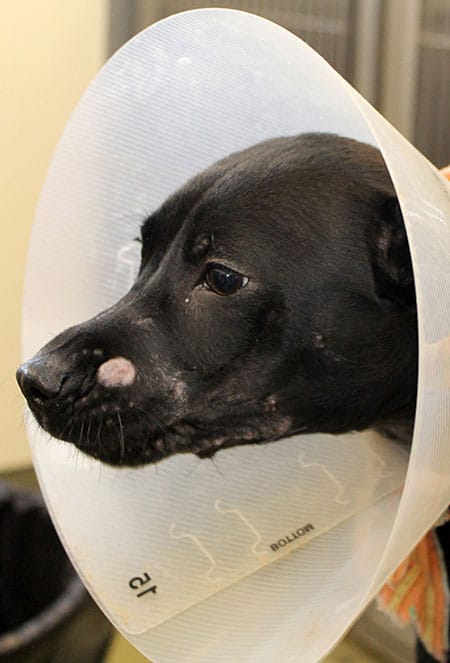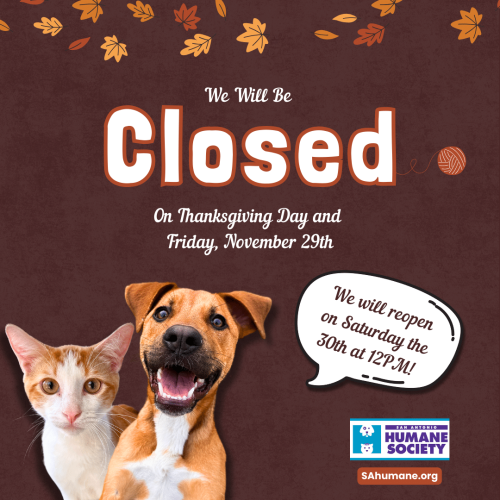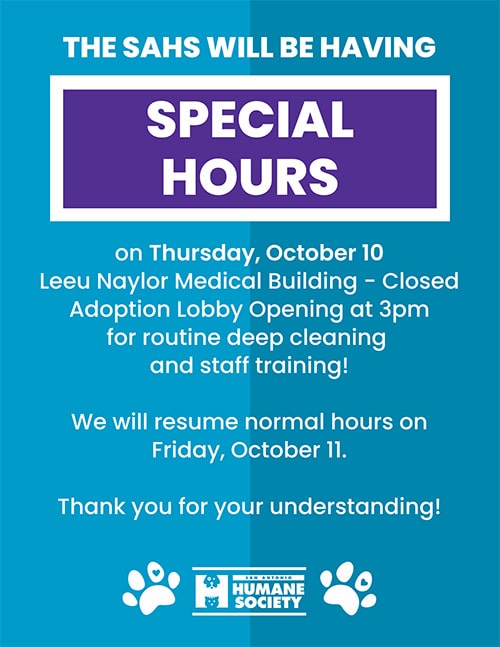Texas has seen a record amount of rainfall and flooding this year leading to much moisture and a lot of standing water. This is the perfect environment to support ringworm and allow it to thrive. Ringworm is a lot like athlete’s foot and is very easy to take care of. Be sure to wash your pets (and kids!) after they’ve been playing outside in the mud. While ringworm has a sort of scary name, it can be quite misleading. Ringworm is in fact, not a worm at all, but a fungal infection closely related to Athlete’s foot that can be shared by pets and their owners. Pets and People can be exposed to ringworm in nature from dirt, grass, trees, etc. or from coming into contact with a place or object that another individual with ringworm has touched. When it’s soggy weather, be sure to keep any eye out for signs of ringworm.
Ringworm generally presents as a red “rash” of sorts and dry flaking skin. If you see any of these symptoms on your pet or yourself, it is best to seek medical assistance for diagnosis and treatment. Treatments range from simple over the counter creams, and medicated baths, to oral anti-fungal medications in some cases. Prevention is the best way to keep your pets and family safe from ringworm. ALWAYS wash your hands and sanitize well after any outdoor adventures. Also, be sure to keep pets clean especially after muddy outdoor activities and trips to the dog park.
In a home setting, ringworm is easy to treat, control, and cure. Due to the high volume of animals and people coming and going, in a shelter setting ringworm can be very difficult to manage properly. If you are open to the experience and available to help with any of the shelter animals needs regarding this fungus, please apply to become a Foster Family.













